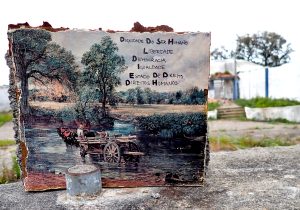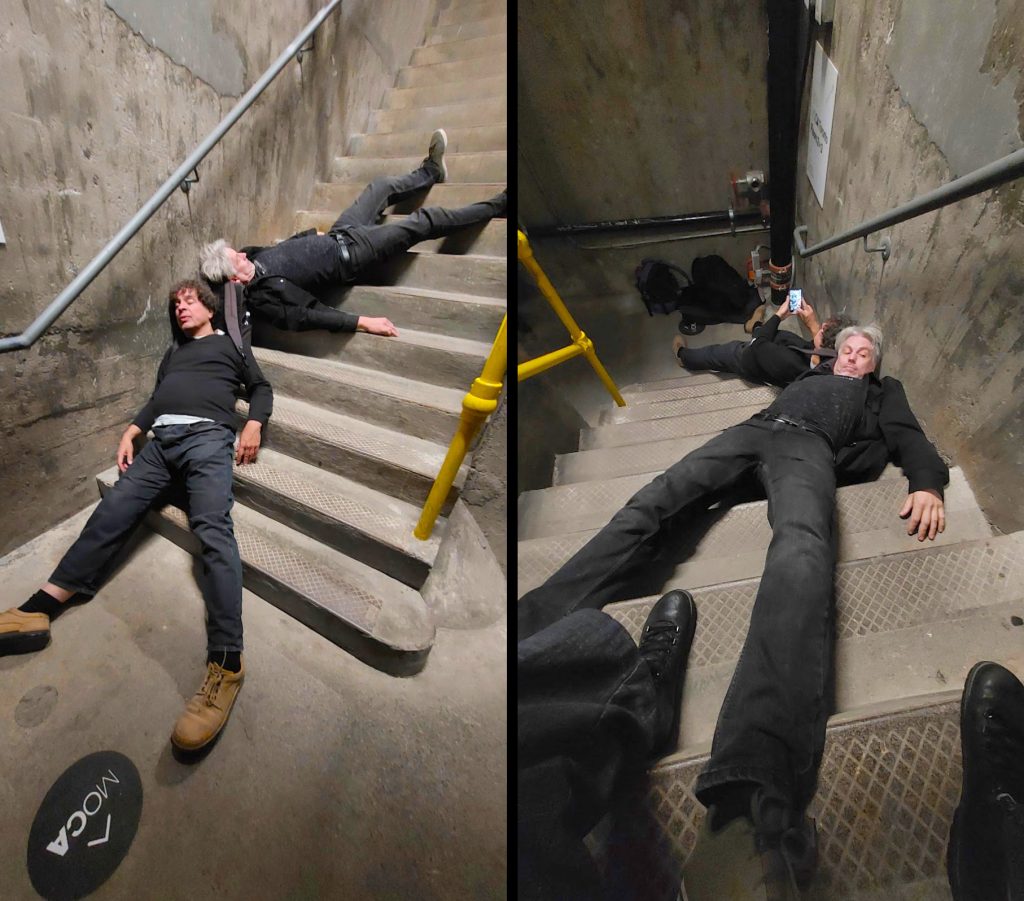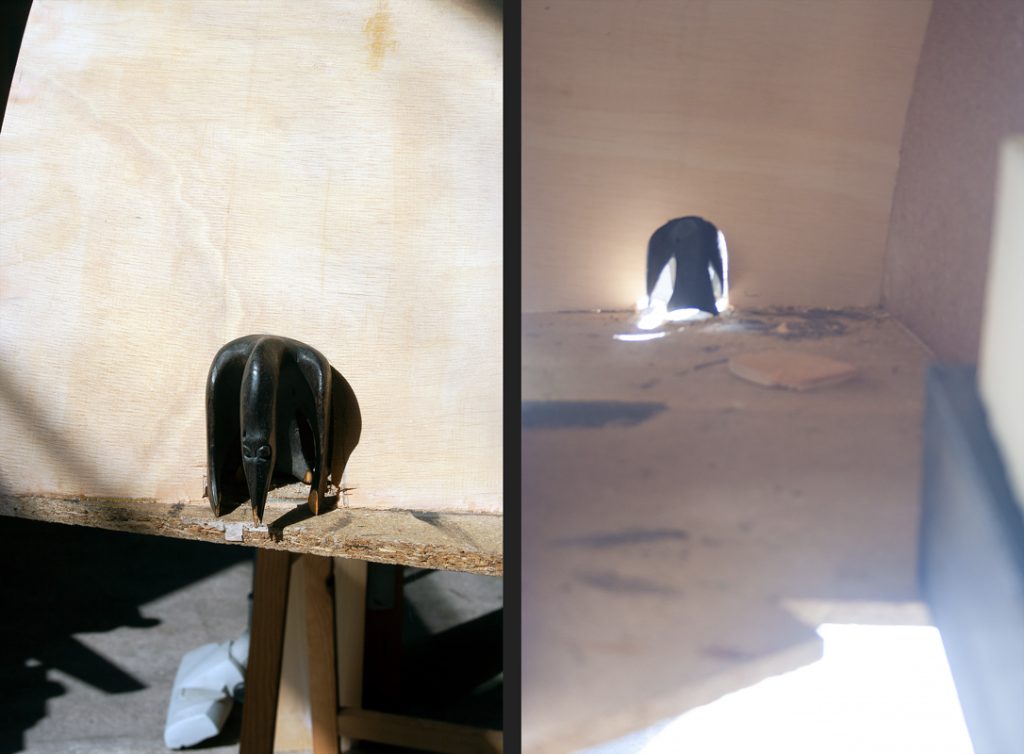Come on – we’re going to be late if you don’t hurry!
• We entered the building in a tearing rush.
Someone made us do things more quickly than normal.
• We refuse to be hurried into a decision.
Accidents usually occur being in too great a hurry and the other not being in a hurry at all.
• We are heading somewhere, aren’t we?
Do you have to hurry off, or can you stay and have dinner with us?
• We hurried away before they could change their mind.
Death is hot on our heels.
• We are not in a hurry, we just ran out of time.
If we want, there’s still a chance we could catch the train.
• We hurried to check our phones.
Are you going to ask any more questions?
• We hurry back after spending too much time in the elevator.
Don’t hurry your art.
• We hate to hurry ourselves, but we have to leave in a few minutes.
Topp & Dubio
Valores Portugal (2025), by Kimmo Ylönen

Our European Union is founded on the following values:
Human dignity, Freedom, Democracy, Equality, Rule of law and Human rights.
These are big values with capital letters. It is stated in the Lisbon treaty that no country can be part of the union if it does not adhere to these values. At street level it often seems that not every citizen of every country has heard of our common agreement. Listening to the news reveals that the leaders may not have heard of them either. That’s why I’ve made it my business to walk and cycle around Europe and remind citizens.
Here is how it works. I travel slowly. I find an interesting object and take it on board. I write the values on the object in the local language. When I find the right place, I leave the object with the words. No explanations. You are reminded.
In this picture is a piece of a painting I found lying on the road in the village of Junqueira, Portugal. It stayed with me until Mozelos where I left it on top of the wall by a busy suburban street.
Tremens (2025), by Giuseppe Di Salvatore
The video recording has been an unplanned, spontaneous deed.Giuseppe Di Salvatore
Painting flamenco #2 (2020), by Marc Giloux
video with sound,
01:28 min.
Painted canvas folded and flattened with the feet to a flamenco rhythm.
This improvised filmed choreography is not the end of the work.
it was merely the curiosity of achieving a very uncontrolled result
by combining music and dance on a piece of painted canvas.
Leaving things to chance, improvising?
A way of contradicting yourself and being surprised by what you do.
Walking Huis (2019), by ienke kastelein
Walking Huis*
Script for a performance
Walking Huis is a performance for three people to simultaneously walk the floor plan of their own (birth) house within a demarcated area in a public space: re-entering a space by re-membering.
The proposition is to do this in large vacant spaces, buildings that have been stripped of their history and have a neutral non-personal appearance.
It can be done in (semi) public spaces, possibly in the presence of others – chance audiences – who become aware of it in passing-by.
Performers: Liesje van den Berk, ienke kastelein, Lisanne Sloot,
Video recording: © ienke kastelein, Amsterdam, 2019
Getting ready
One day we managed to stand up. How did we do that? Where? And when?
How did our first steps follow? Were we “falling and catching ourselves” like Laurie Anderson sings? Anyway we started walking, moving around, most likely in a house.
The performers are standing in the middle of the space, focus on their breathing, feet touching the ground. When they feel ready, they take their first steps at their own pace.
Carefully, hesitantly, accurately.
Walking they re-enter their houses from memory – discovering an internal space, walking the plan of a ‘memory-palace’, each in their own ‘house’, while simultaneously sharing an actual space, layering it with a choreography of time.
*Translation Huis: House
Bleach (2014), by Ronald Cornelissen
I never cared much for Nirvana
So this thing that had been in my studio for some time.
It had to go
Anonymous flowerbed (2024), by Paul Henning
In Dutch cities, in spring around Easter, tightly constructed flower beds appear in public spaces. These are mini Keukenhofjes, just as artificial as the Keukenhof flower show itself.
In response to that, I made my own Keukenhofje from pointers/name tags that you can find in herb gardens-botanical gardens. Just as colourful, just as natural. The signs are waiting for something nameless to come up, as a mockery of the habit of classifying and naming everything around us.

Time and Time Again (2024), by Timo Kahlen
¿loɹʇuoɔ uᴉɐƃǝɹ ǝʍ plnoM ¿sƃuᴉɥʇ ǝƃuɐɹɹɐǝɹ 'ʇɐǝdǝɹ 'ǝsɹǝʌǝɹ ¿ǝɯᴉʇ uᴉ spɹɐʍɹoɟ puɐ spɹɐʍʞɔɐq uɐǝl plnoɔ ǝʍ ɟᴉ ʇɐɥM ¿ɹɐǝuᴉl-uou ǝɹǝʍ ssǝɹƃoɹd puɐ ǝɯᴉʇ ɟᴉ ʇɐɥM ˙ɯnᴉpǝɯ ǝlᴉƃɐɹɟ ɐ sᴉ ǝɯᴉʇ
from the ‘Wackelpudding Series’
HD-video with sound,
01:04 min.
© VG Bild-Kunst 2024
315.39 Language Disorder: (aka) Fjárveiting, by Peter Christenson
HD-video with sound
00:35 min.
Peter Christenson (b.1979, USA) is a multiform conceptualist who works across media, platforms, and environments. As a social worker and former psychotherapist, Christenson often uses the moniker PSYCHOLOGARTIST to highlight the interdisciplinary, socially-engaged, and interventionist nature of his practice, sometimes classifying artworks with a specific diagnostic code from the “Diagnostic and Statistical Manual of Mental Disorders,” a widely accepted instrument for psychiatric diagnosis.
Untitled (power pole), by Denis Rioux
‘This photograph was taken during a walk I often take in the summer along a gravel road on an island in northern Quebec. It’s part of a publishing project that will bring together 59 images of power poles photographed along this road. The 59 photographs are almost identical, repetitive or redundant’.



